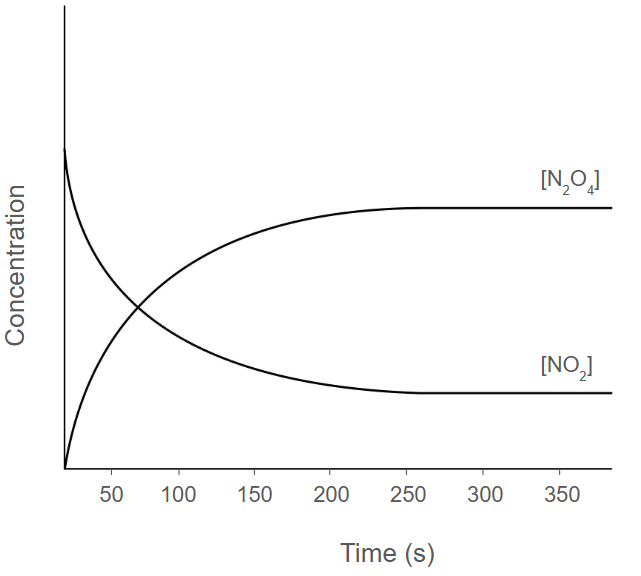A student analyzes a 1.68 g sample of a metal oxide containing only an unknown metal (M) and oxygen. The oxide is reduced by heating in a stream of hydrogen gas, which removes the oxygen as water vapor. After complete reduction, 0.89 g of pure metal remains.
The student also analyzes a separate sample of the same oxide and finds the following:
0.0100 mol of metal ions
0.0150 mol of oxide ions
Determine the empirical formula of the compound using the molar quantities provided.
Would the empirical formula change if the student used a larger or smaller sample size? Justify your answer.
Calculate the percent by mass of oxygen in the compound.
Use your answer from parts (a) and (c) to determine the molar mass of the metal and suggest its identity.
Explain why identifying the metal based on its molar mass provides evidence that the sample is pure.
The student repeats the experiment and recovers only 0.83 g of metal from a 1.76 g sample of the oxide. Explain what this result suggests about the purity of the sample. Justify your answer.
Explain how a particle-level model of the metal oxide differs from that of a mixture.
Did this page help you?


